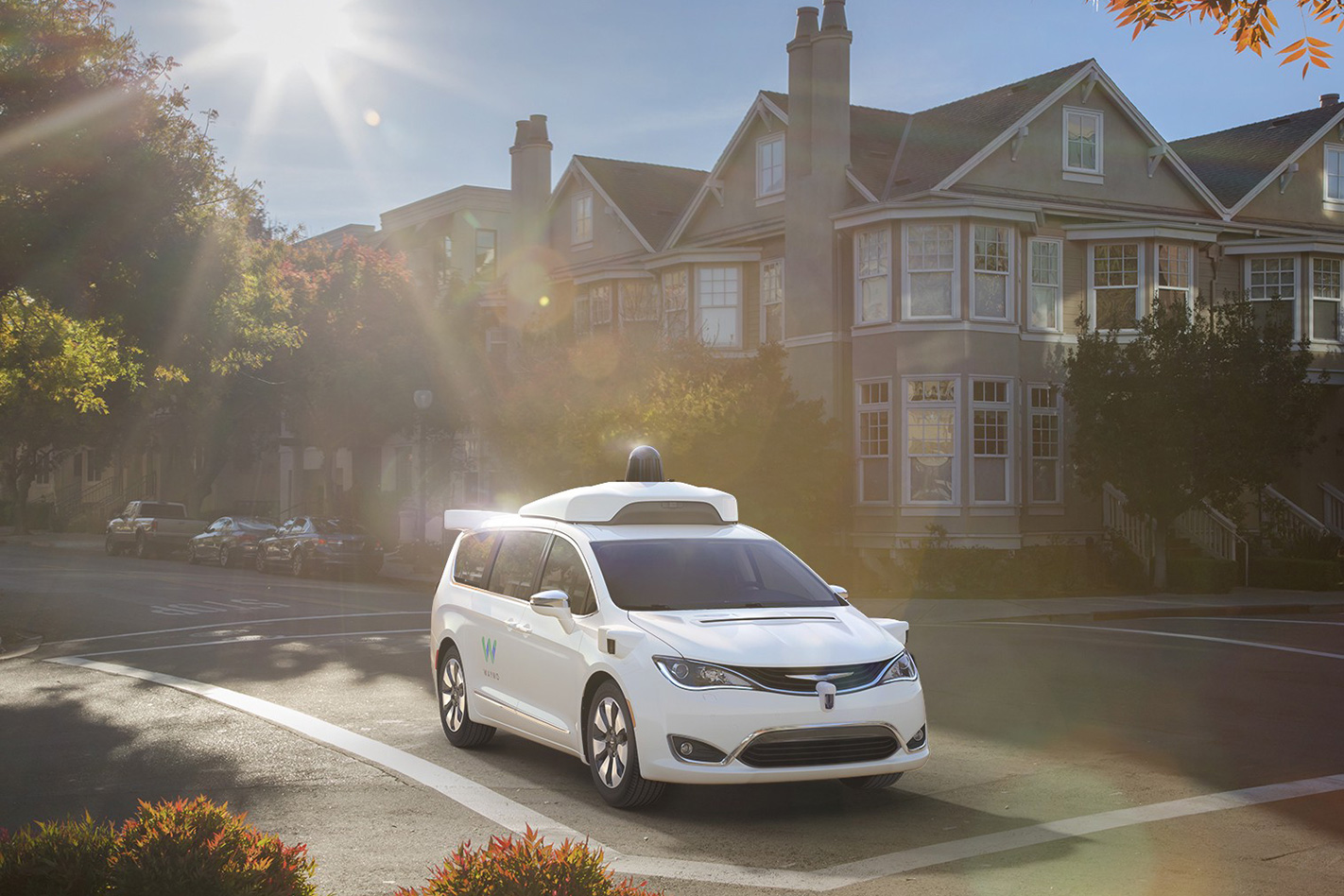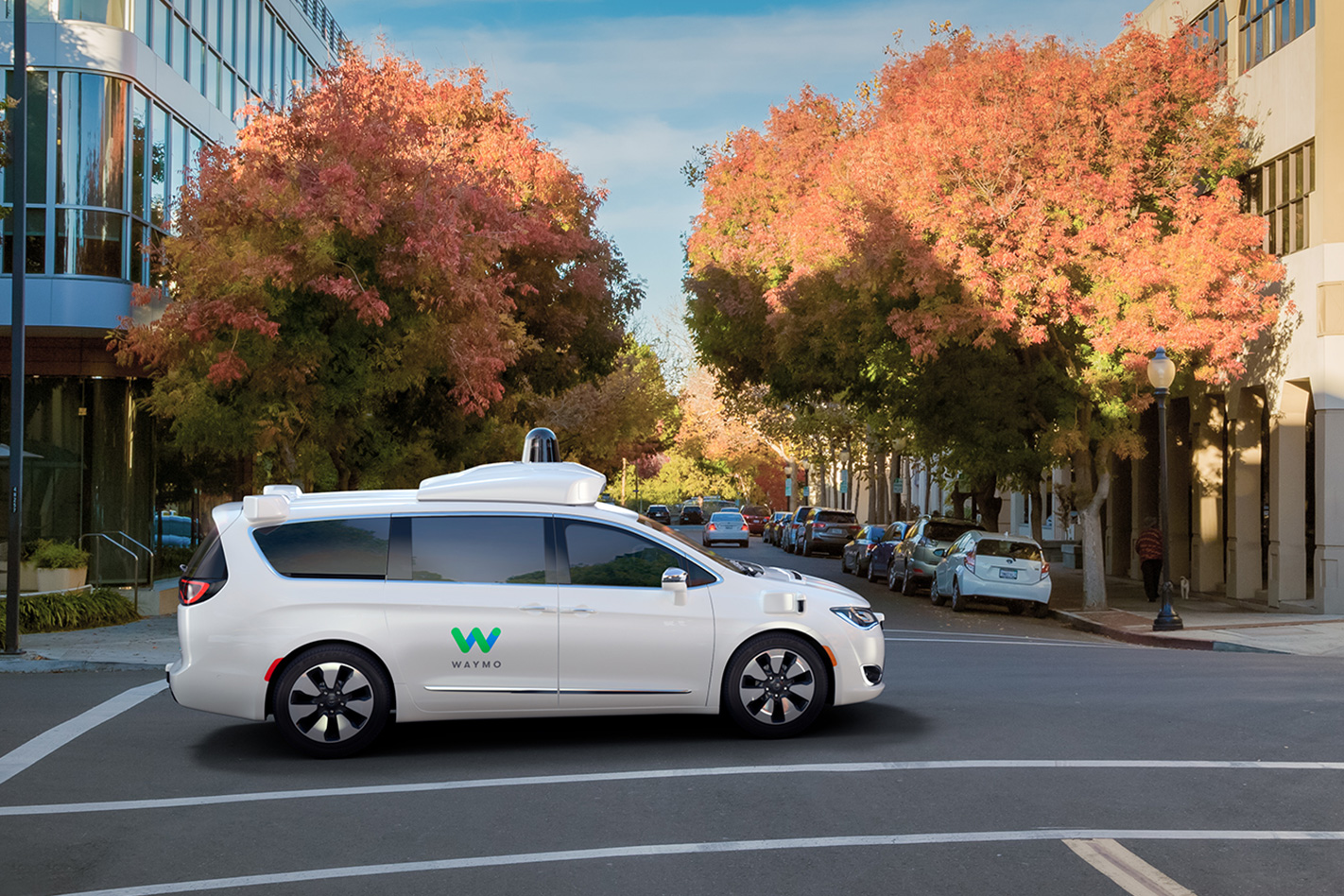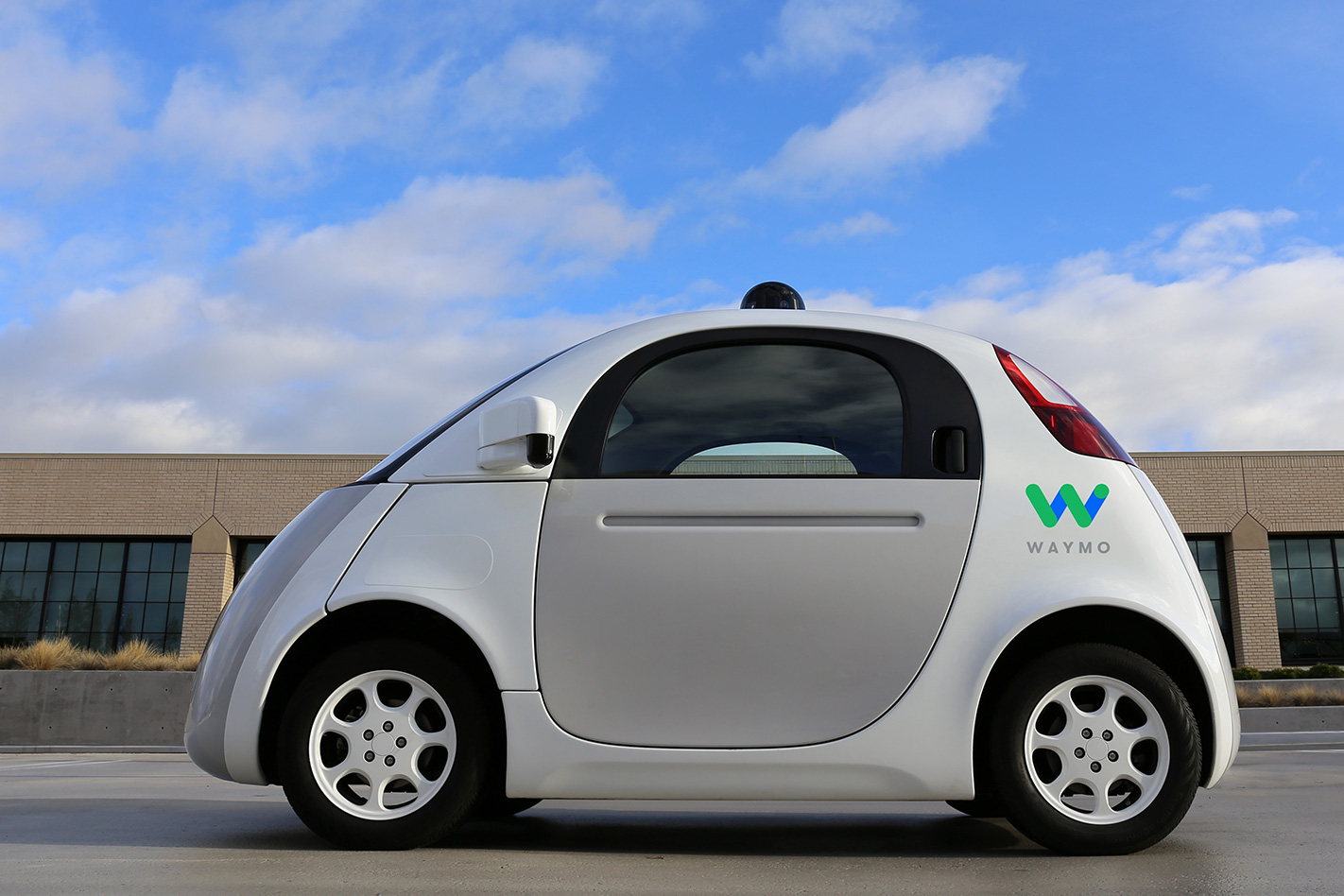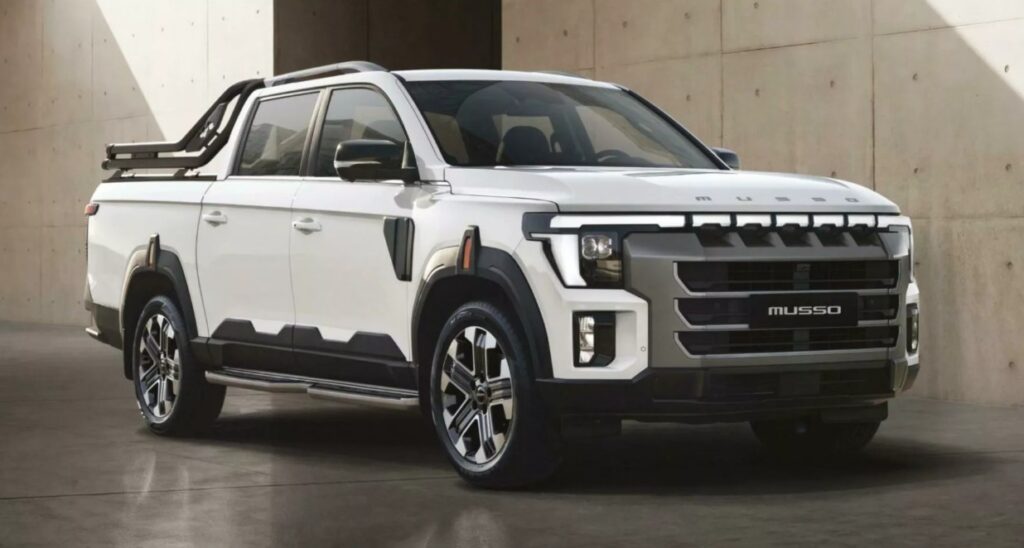SELF-DRIVING cars will only be safer when they don’t need to hand control back to a human, the most comprehensive study yet of the technology suggests.
As long as they do, self-driving cars can never reduce the road toll to zero, the Organisation for Economic Co-operation and Development study, compiled by its International Transport Forum and released overnight, has warned.

Instead of spruiking the zero road toll mantra, the OECD study suggests a more realistic scenario is saying they will help reduce the number of deaths and significant injuries on our roads.
“Claims of a more than 90 percent reduction in road traffic deaths resulting from automation eliminating crashes linked to human error are untested,” the study says. “It seems likely that the number of road casualties will decrease with automation, but crashes will not disappear.
“In certain circumstances, more crashes may occur among ‘average’ drivers that are not prone to risky behaviour. This is particularly likely in circumstances where drivers must take over from automated driving in emergency situations,” it said.
The OECD said the lack of experience and data on self-driving cars made an assessment of the safety benefits of the technology difficult to judge.

“It is further complicated by the lack of a common framework for such a safety performance assessment and by rapid changes in its object: a self-driving car is, after all, a combined hardware and software system whose critical performance characteristics can change radically with software upgrades,” it said.
“Vehicle automation strategies that keep humans involved in the driving task seem risky. A shared responsibility for driving among both automated systems and humans may not render decision making simpler, but more complex. Thus, the risk of unintended consequences that would make driving less safe, not more, could increase.”
In the OECD’s view, humans retained “an advantage” over single-sensor autonomous systems in many of the driving situations investigated. It said sharing the driving task between humans and robots had “so far confounded efforts to ensure safety”. Instead, carmakers should aim to avoid machine-to-human handovers, or at least limit the handovers to when there was a high risk of death or serious injury.
The report also notes that passengers in autonomous cars will need to know just how foolproof the autonomous system developed for the vehicles were, suggesting the current five-level rating system that ranks from partial driver assistance to full automation won’t work for “non-technical audiences” – or most people.

The report also hints that because they will need to be more cautious while painting a digital picture of the world – and potential hazards – around them, autonomous cars will likely need to move much slower than the ones with a human behind the wheel, especially if cyclists and pedestrians come into the mix.
One solution, it hints, is to ban human-driven cars from autonomous-only zones.




